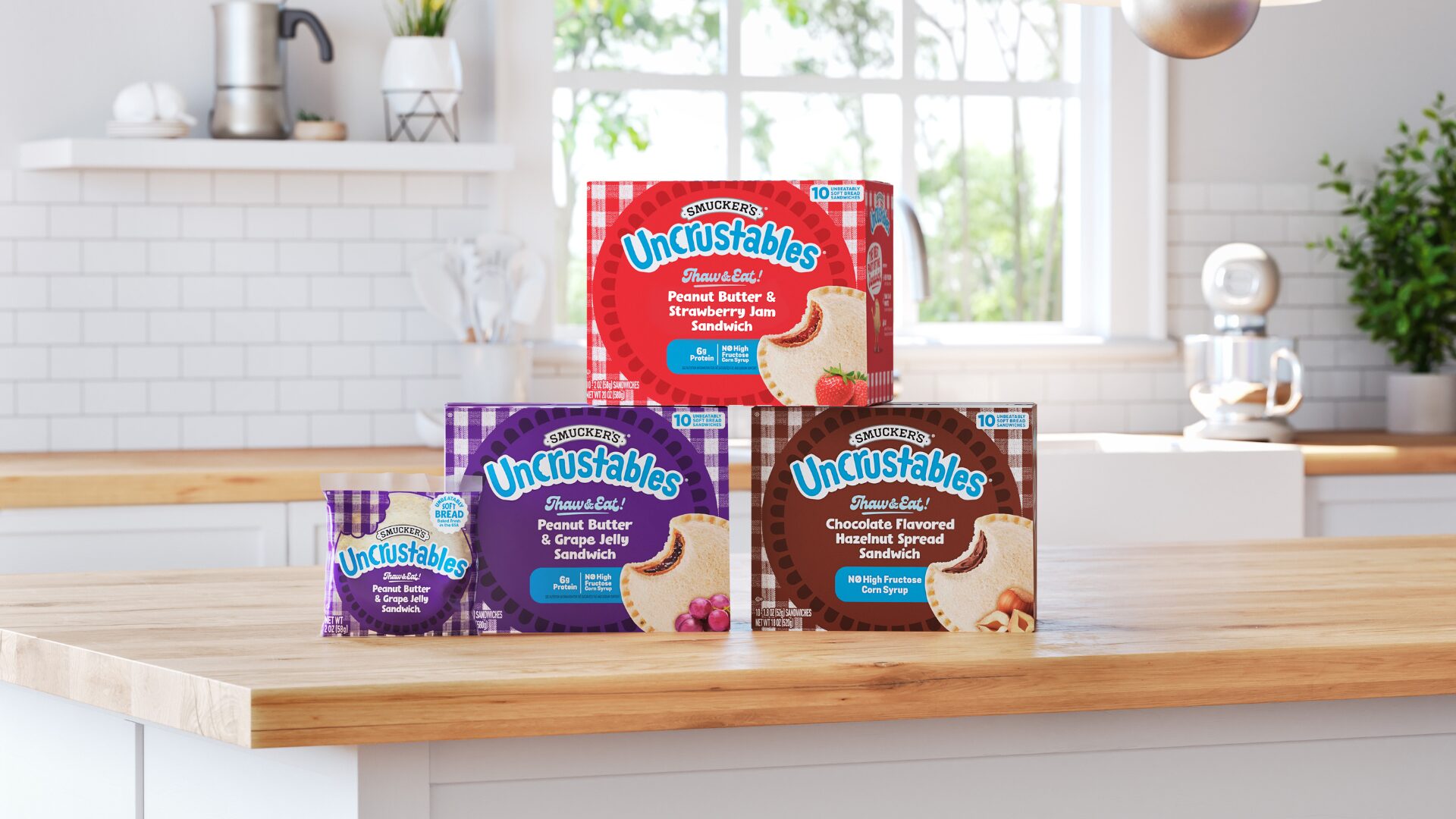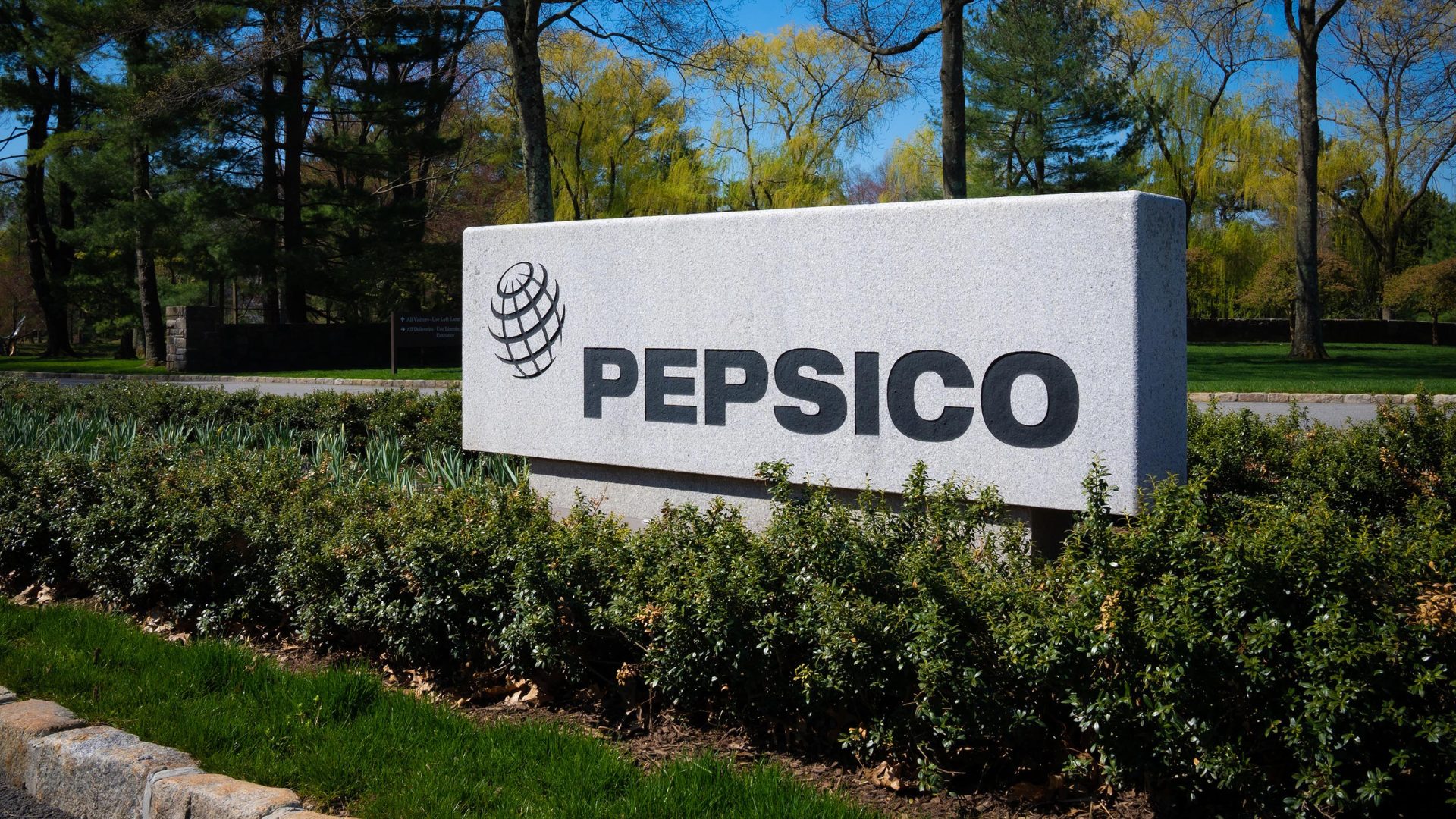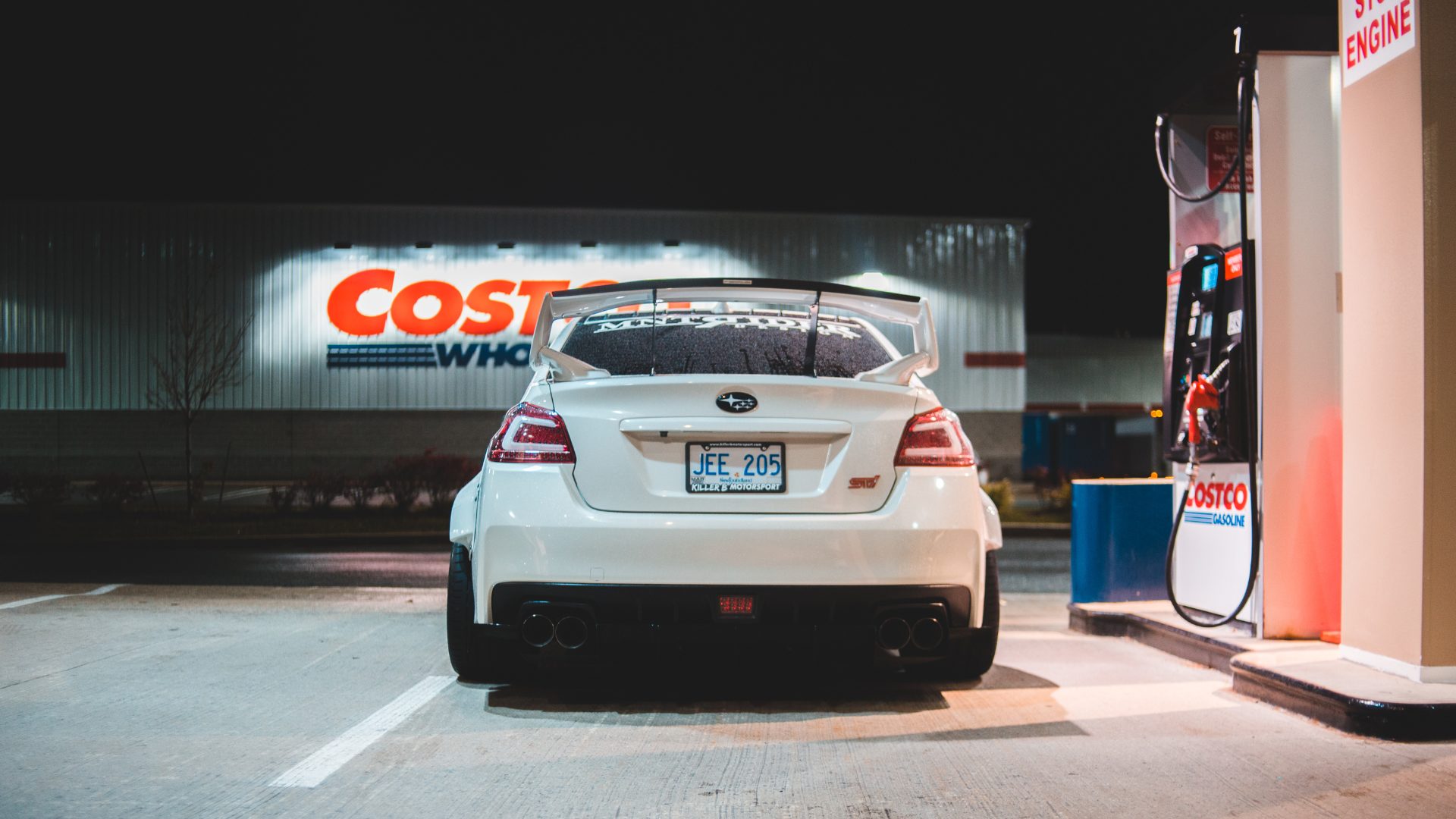Over the past decade, shares of the J.M. Smucker Company (Smucker) have dipped below $100 on only a handful of occasions. The stock hit double-digits a few times in 2018 (mostly during a short, if steep, market sell-off toward the end of that year) and briefly during the panicked selling amid the coronavirus pandemic in March 2020.
But Smucker stock is back at those levels now, with the stock closing recently at $97. This time around, it wasn’t the external environment that led investors to exit, but a tough run of performance capped by an ugly earnings report. Smucker stock fell 15.6% after its fourth quarter release earlier this month – incredibly, its worst single-day performance since 1987 (on what would become known as “Black Monday”).
The report is concerning, certainly. The key headline is that Smucker expects its profits to decline in fiscal 2026 (ending April): adjusted earnings per share are guided to a range of $8.50 to $9.50, against roughly $10 in each of the last two years. And the drivers of that weakness reflect the challenges facing packaged foods as a whole; challenges that themselves explain why the sector has struggled, and why over the last decade Smucker stock, even including dividends, has returned just 15%.
The biggest issue is the $5.4 billion acquisition of Hostess in 2023, which is starting to look like a disaster. In the fourth quarter, the Sweet Baked Snacks segment, which at this point is entirely the former Hostess business, saw sales fall 14% excluding the impact of divested brands. Profits fell a stunning 72%, and perhaps as high as 40% or more even accounting for those divestitures (Smucker didn’t detail the exact amount).
The outlook for this year is even worse: even after soft full-year performance – on a comparable basis, revenue fell 11% and volume 7% – Smucker expects volume will decrease again in fiscal 2026.
Inflation, GLP-1s, and a Half-Baked Hostess Deal
Clearly, inflation is playing a role. CEO Mark Smucker said in prepared remarks on the earnings
call that “inflationary pressures” were a primary cause of the weakness in the business (though he also admitted that execution has been lacking). Smucker called out the convenience channel as a key culprit, echoing commentary elsewhere in the industry about consumers’ reluctance to make discretionary purchases in those outlets.
But the rise of GLP-1s probably is a factor as well. Smucker was asked directly about those drugs on the call, and though he essentially dodged the question, it does seem likely that they explain at least some of the pressure on the segment. Certainly, GLP-1s have affected the industry as a whole, as well.
Incredibly, Smucker took nearly $2 billion in impairment charges related to the business – more than one-third the purchase price. Clearly, the company overpaid – which too echoes broader challenges in the industry. All of the majors have made significant acquisitions in large part to pivot away from their legacy businesses. Smucker’s moves into coffee in 2009 and pet food in 2015 actually worked reasonably well; the Hostess deal simply has not. Management still expects 3% long-term revenue growth from the business, but that is a notable change from a ‘mid-single-digit’ estimate at the time of the purchase, and clearly investors don’t trust even the lower updated figure.
The problems go beyond Hostess. Soaring green coffee bean prices have led Smucker to take four price increases in less than a year; it expects net pricing to jump 20% this year, which in turn will pressure volume. Tariffs are a factor here, as well, with Smucker expecting an impact of about $0.25 this year, something like 20% of the overall decline in profits. Inflation and consumer spending are a problem in dog treats, too, where measured retail was off 7% in the fourth quarter.
Smucker’s Story Echoes the Industry’s
All of the pressures on packaged food – the need to pivot away from challenged categories, a challenged consumer, inflation, tariffs – are reflected in Smucker’s business and in Smucker stock. Relative to underlying earnings, the stock is as cheap as it’s been in at least a decade; put another way, investors are pricing in less profit growth than they have since not long after the financial crisis.
It’s not terribly difficult to see why. The industry is challenged, the business is challenged, and management doesn’t seem to have a clear response on either front. CEO Mark Smucker said on the call that the company had three strategic priorities for this fiscal year. None was all that tangible (two included the word “mindset”).
But at the same time, there is some hope – and a path out that mirrors that of the industry as a whole. Smucker clearly has a winner in its Uncrustables platform, which has become a favorite of football players and is en route to over $1 billion in sales. The product has grown double-digits for eleven consecutive years. Meanwhile, even with coffee prices soaring, Café Bustelo has grown at an impressive clip as well, with sales up 19% in fiscal 2025 and management projecting a 10%-plus increase this year.
In other words, even in a tough environment innovative products and good marketing can drive growth. The problem for Smucker is that those two winning platforms right now only total about 13% of sales. Here, too, Smucker looks like the industry: there’s some good news, but simply not enough.
Vince Martin is an analyst and author whose work has appeared on multiple financial industry websites for more than a decade; he’s currently the lead writer for Wall Street & Main. He has no positions in any companies mentioned.
The Food Institute Podcast
Several economic headwinds indicate the consumer is being financially stretched, but we all need to eat – so what are consumers actually buying at the grocery store? Nik Modi of RBC returns to The Food Institute Podcast to discuss channel differentiation, consumer product selection, and other macro trends.












